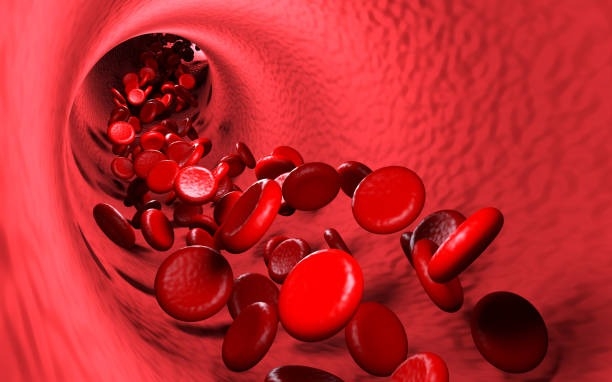How Do You Know if it's a DVT?
By Kara Heer - February 4, 2022
How Do You Know if it's a Deep Vein Thrombosis?
What Is Deep Vein Thrombosis?
Deep vein thrombosis (DVT) occurs when a blood clot develops in one or more of the deep veins in your body, most commonly in your legs. DVT can occur for many reasons, but most commonly affects individuals who have been sitting for extended periods of time, such as a long flight or car ride. It can also affect people who are immobile due to recent surgery, bed rest, or lack the ability to move around on their own. It can also be a side effect of certain medications that causes your blood to clot.
Untreated, a DVT can possess a serious, even life threatening, medical condition. When a blood clot forms in your veins, they have the potential to break free and travel through your vascular system and end up in your lungs. This can block blood flow in your lungs, resulting in a painful pulmonary embolism (PE). When DVT and PE take place together, it's known as venous thromboembolism (VTE) and is a serious health emgerency.
Deep Vein Thrombosis Risk Factors
There are many factors that could increase a person's chances of developing DVT, such as:
- Age: While DVT can affect anyone, it is more likely to occur in people over 60.
-
Sitting for an extended period of time: Muscle contractions help your blood circulate. When you don't move your leg muscles, blood clots can form.
-
Bed rest
-
Being overweight
-
Tobacco use
-
Oral contraceptives: These make your blood more likely to clot.
-
Pregnancy: Pregnancy can increase the pressure in your veins, particularly in your legs.
-
Surgery
-
Injury
-
Inflammatory bowel disease
-
Family history of DVT
-
Genetics
Common Symptoms of Deep Vein Thrombosis
While deep vein thrombosis sometimes occurs without any noticeable signs, there are key symptoms that could indicate that a person has a blood clot. These include:
-
Swelling of the affected area, such as the leg
-
Discolored or reddening of the skin
-
Discomfort or pain - this usually feels like soreness or cramping in the calf
-
A warm sensation of the affected area
Similarly, pulmonary embolism could occur without any warning, but often includes particular warning signs, including:
-
Sudden shortness of breath
-
Rapid breathing
-
Rapid pulse
-
Chest pain that gets worse when you inhale deeply or cough
-
Coughing up blood
-
Dizziness and/or fainting
Other Health Issues with Similar Symptoms
In some cases, the signs of DVT could be caused by other health issues with similar symptoms:
-
Superficial Thrombophlebitis: Inflammation and thrombosis of superficial veins
-
Peripheral Artery Disease (PAD): Narrowing of the arteries that causes reduced blood flow to one's head, arms, stomach, and legs
-
Varicose Veins: Bulging of veins, particularly in the legs, as a result of improper blood flow due to weakened vein valves.
-
Vasculitis: Inflammation of one's blood vessels
Being proactive about your vascular health is important to live an active long, healthy life. Keeping your veins in good condition can be as simple as implementing a few good habits into your daily routine, such as:
-
Eating a balanced diet, including lean proteins and fiber
-
Drinking plenty of water
-
Exercising regularly
-
Avoiding tobacco products
-
Visiting your doctor for routine check-ups
-
Seeking medical assistance as soon as you notice any symptoms of poor vein health
The Vascular Institute Is Here for You
If you are experiencing one or more of the signs of deep vein thrombosis, it's important to seek medical attention right away. For more information on DVT and tips to care for your veins, the Vascular Institute is here for you. Visit us online today to schedule your free consultation with our experienced team. We look forward to showing you how easy caring for your cardiovascular system can be!
